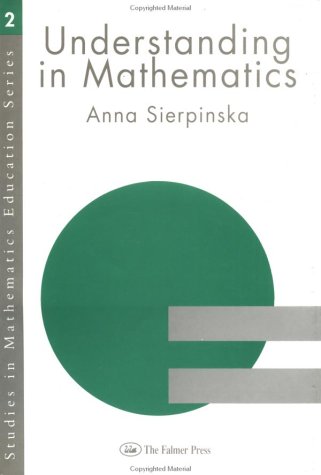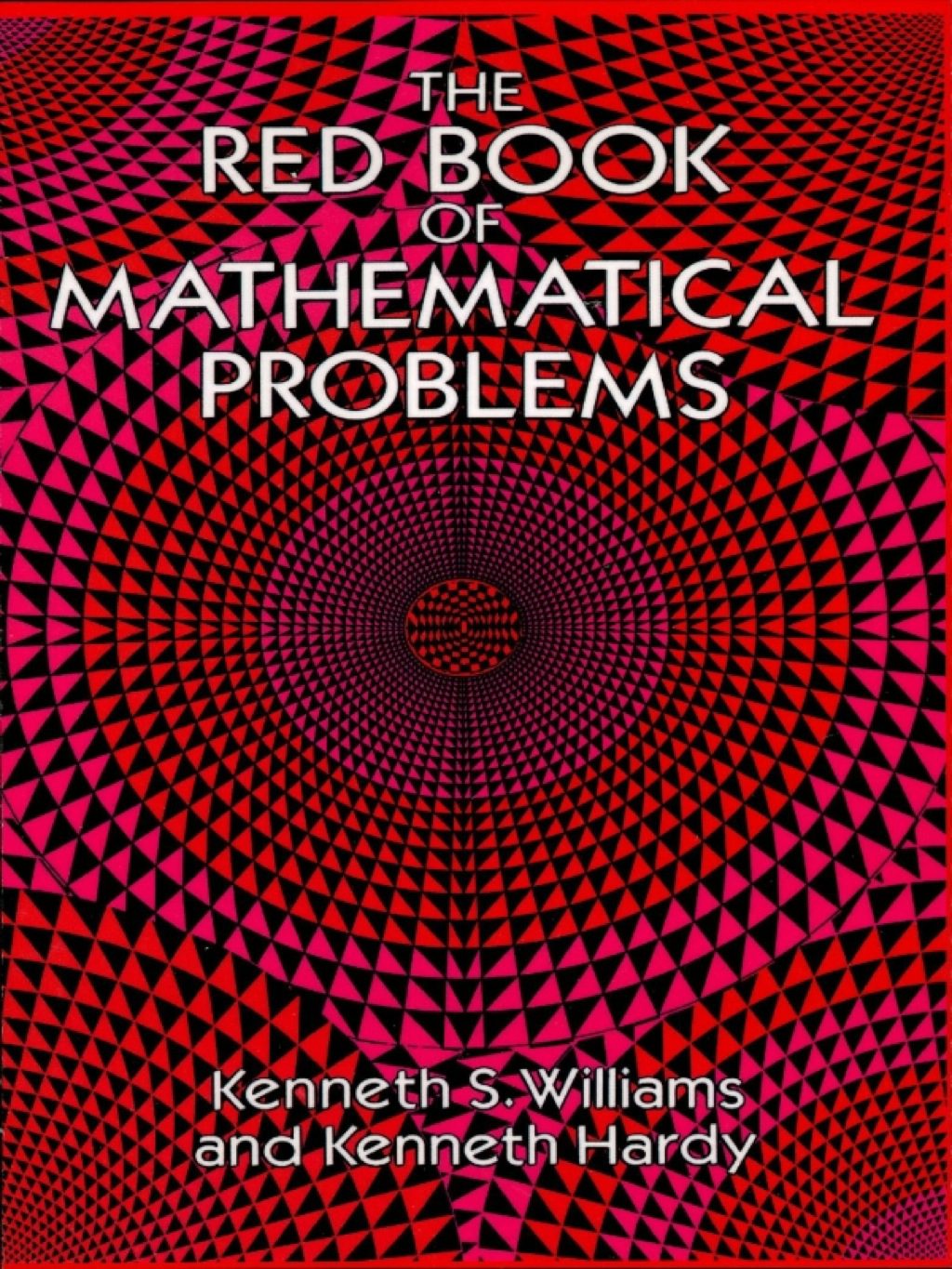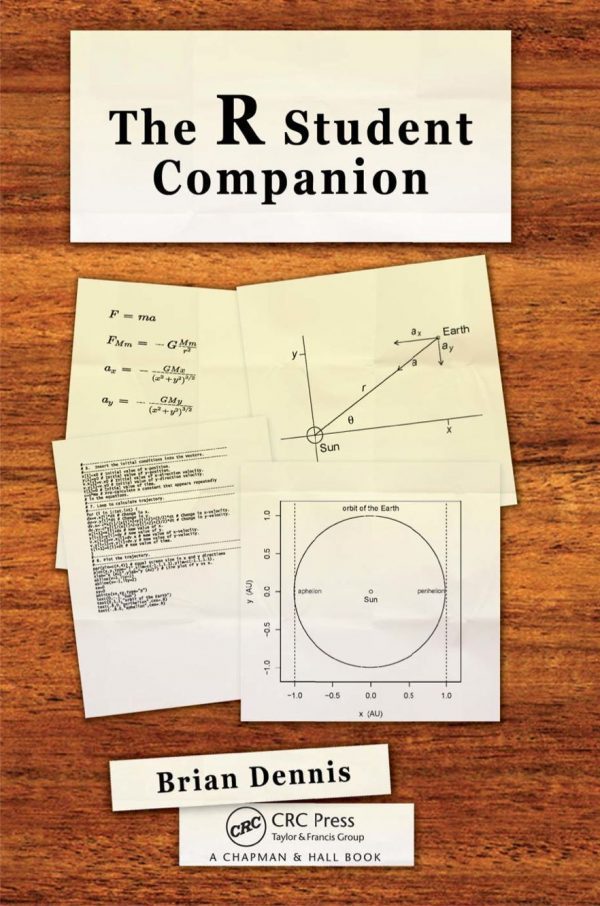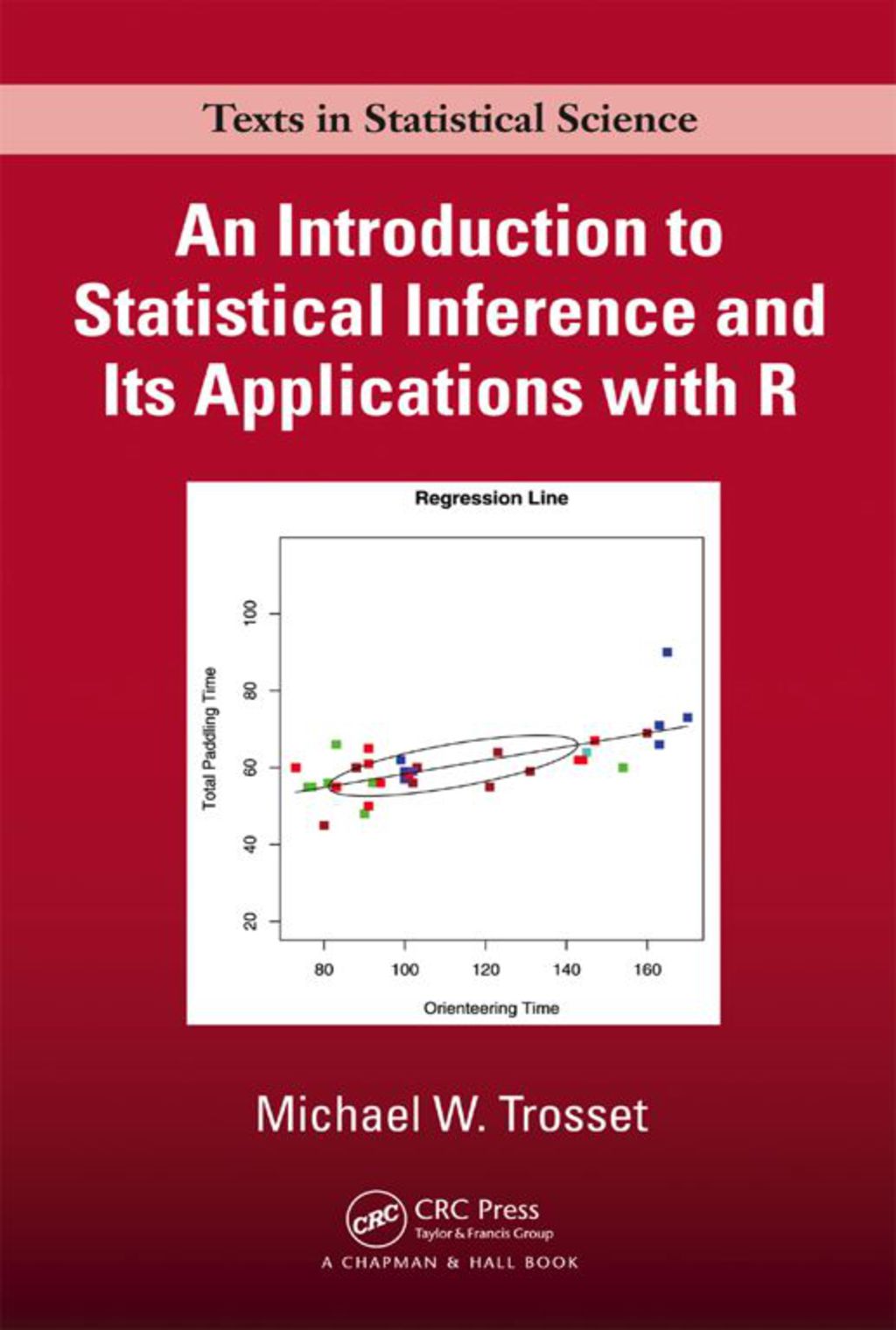Anna Sierpinska9780750703345, 0-7507-0334-2
Table of contents :
Book Cover……Page 1
Title……Page 4
Contents……Page 5
List of Figures……Page 8
Acknowledgments……Page 9
Preface by Series Editor……Page 10
Introduction……Page 12
Understanding and Meaning……Page 18
Meaning……Page 30
Components and Conditions of an Act of Understanding……Page 44
What Could Be an Act of Understanding?……Page 45
Components of an Act of Understanding……Page 56
Psychological Conditions of an Act of Understanding……Page 79
Social Conditions of an Act of Understanding……Page 82
What Understanding Is Not……Page 85
Processes of Understanding……Page 89
Reasonings……Page 90
Explanation and Understanding……Page 92
The Role of Example and the Medium in Which It Is Presented for Understanding……Page 105
Figures of Speech in Understanding……Page 109
The Role of Activity in Understanding……Page 118
The Question of Continuity of the Process of Understanding……Page 124
Good Understanding……Page 129
Various Approaches to Research on Understanding in Mathematics Education……Page 134
Models of Understanding……Page 136
The Historico-empirical Approach to Understanding in Mathematics……Page 137
‘Good Understanding’ in the Historico-empirical Approach: Significant Acts of Understanding……Page 140
The Philosophy of Epistemological Obstacles……Page 142
Epistemological Obstacles in Mathematics: The Case of the Bolzano Theorem……Page 145
The Notion of Epistemological Obstacle as a Category of Thought in Mathematics Education; Problems of Definition……Page 150
Developmental and Cultural Contraints of Understanding……Page 155
The Relationship Between Development and Culture……Page 156
The Genesis of Understanding and the Developmental Roots of Epistemological Obstacles……Page 159
The Cultural Roots of Epistemological Obstacles……Page 176
References……Page 187
Index……Page 200







Reviews
There are no reviews yet.